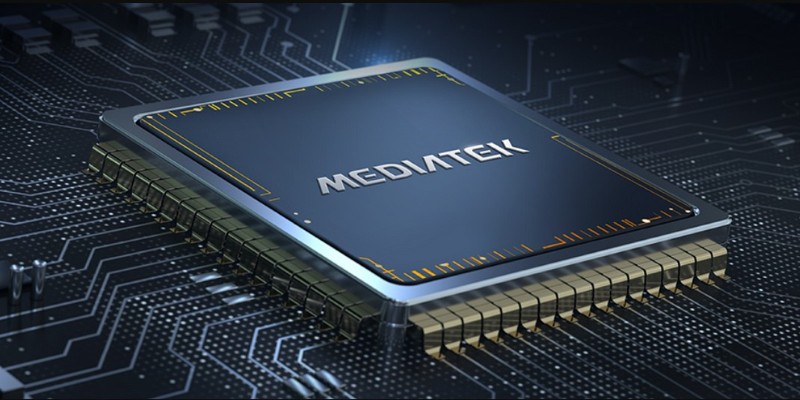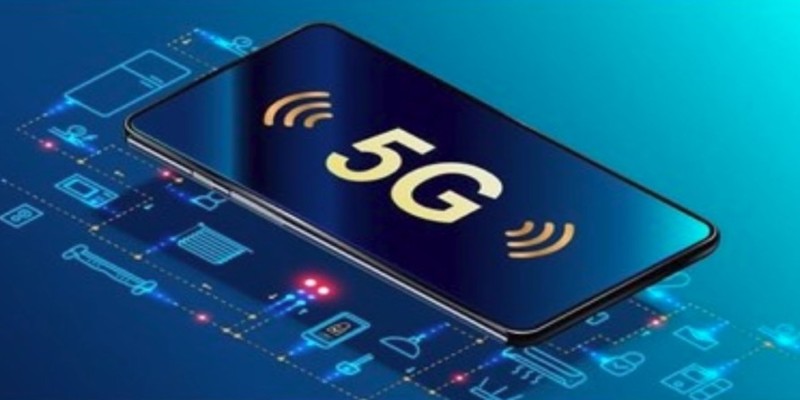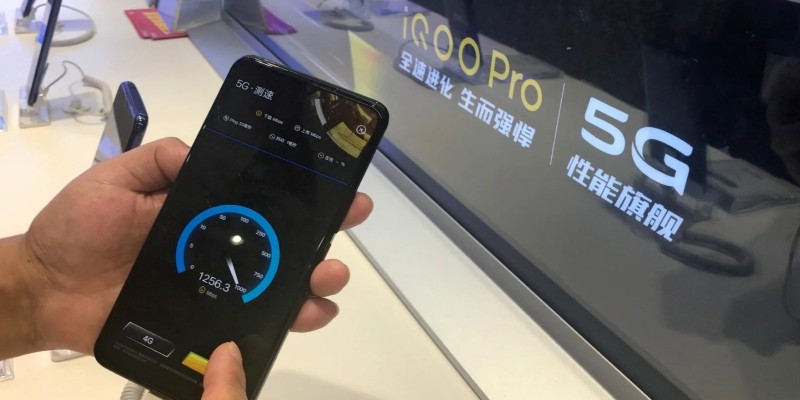Why 5G Phones Are Getting Cheaper?
The rapid adoption of 5G technology has reshaped the smartphone industry. What once was a premium feature in flagship phones is now common in budget-friendly devices. Technological advancements, market competition, and evolving consumer demands have driven this shift towards affordability. Let's take a closer look at the factors contributing to this trend.
The Declining Cost Of 5G Chipsets
At the heart of every 5G phone lies the chipset, which enables high-speed connectivity. Initially, the development and production of 5G chipsets were costly, limiting their use to high-end devices. Over time, however, economies of scale and advancements in manufacturing have significantly reduced these costs.
Chipmakers like Qualcomm, MediaTek, and Samsung have introduced affordable 5G processors for mid-range and entry-level phones. MediaTek, in particular, has focused on producing cost-efficient chipsets, making 5G more accessible to a broader audience. As the demand for 5G devices grows, manufacturers benefit from larger production volumes, further driving down per-unit costs.

Increased Competition Among Smartphone Brands
The smartphone market is highly competitive, with brands vying for dominance in every price segment. Companies like Xiaomi, Realme, and Samsung are locked in a race to offer the best value for money. These brands are integrating 5G technology into their budget and mid-range phones to capture market share, forcing competitors to do the same.
This fierce competition has accelerated the pace at which 5G phones have become affordable. Manufacturers prioritize features that attract buyers, and 5G connectivity is now seen as a must-have, even in lower-cost devices. As a result, consumers benefit from better technology at reduced prices.
Maturation Of 5G Infrastructure
When 5G was first introduced, the lack of widespread infrastructure limited its adoption. As telecom operators have invested heavily in building 5G networks, the technology has become more viable for everyday users. The increasing availability of 5G services has spurred demand for compatible devices, encouraging manufacturers to lower prices to meet this demand.

This infrastructure expansion has also created a feedback loop: telecom providers see higher usage rates as more people purchase 5G phones, justifying further network investments. This mutually reinforcing cycle helps sustain the affordability of 5G devices.
Simplified Design And Manufacturing Processes
Early 5G phones were complex to design and manufacture, often requiring multiple antennas and specialized components. Over time, engineering advancements have streamlined these processes. Integrated 5G chipsets now combine various functions, reducing the need for additional hardware. This simplification has made it easier and cheaper for manufacturers to produce 5G-enabled phones.

Moreover, manufacturers have adopted modular designs, allowing quicker assembly and more effortless scalability. These innovations and advancements in materials and automation have significantly reduced production costs.
Government Policies And Incentives
In many countries, governments have made 5G technology more accessible. Subsidies for 5G network development and tax incentives for manufacturers have encouraged the production of affordable 5G devices. For example, some regions have implemented policies to reduce import duties on components required for 5G phones, lowering the overall cost of production.
In addition, governments are pushing for digital inclusion, recognizing the role of 5G in economic growth and connectivity. By fostering a competitive market and supporting local manufacturing, they contribute to the affordability of 5G technology.
Consumer Demand For Affordable Technology
As consumers become more aware of 5G's benefits, the demand for affordable 5G phones has surged. Buyers increasingly seek budget-friendly options offering modern features, including 5G connectivity. Smartphone makers are focusing on optimizing costs without compromising quality to meet this demand.

The shift in consumer expectations has also influenced how manufacturers market their products. Rather than positioning 5G as a luxury, they emphasize its role in enhancing everyday experiences, such as faster downloads, smoother streaming, and better gaming.
The Role Of Second-Generation 5G Modems
The initial rollout of 5G relied on first-generation modems, which were expensive and less efficient. The introduction of second-generation and integrated 5G modems has been a game-changer. These newer modems are smaller, more energy-efficient, and cheaper to produce, allowing manufacturers to incorporate them into phones without significantly increasing costs.
Integrated solutions, where the modem is built directly into the chipset, have further streamlined production. This integration reduces the need for additional components, cutting manufacturing complexity and expenses.
Global Supply Chain Improvements
The global supply chain has become more efficient in delivering components for 5G devices. Suppliers have scaled production, and logistical improvements have reduced lead times and costs. The competition among suppliers has also driven down prices for key components like displays, batteries, and antennas.
While global supply chain disruptions during recent years posed challenges, the industry has adapted with localized manufacturing and diversified sourcing. These measures have helped maintain the affordability of 5G phones.
Technological Trickling From Premium To Budget Devices
Technological advancements often follow a trickle-down pattern, starting with premium products before reaching the mass market. Features like 5G, once exclusive to flagship phones, have gradually become standard in lower-priced models. This trickling effect is a natural progression as manufacturers aim to maximize returns on their research and development investments by implementing mature technologies across all product lines.
Furthermore, as flagship devices push the boundaries of innovation, older technologies become cheaper to produce. This cycle ensures that cutting-edge features like 5G eventually reach a broader audience at an affordable price.
Future Trends In 5G Phone Affordability
Falling prices for 5G phones will persist as technology advances and markets mature. Emerging innovations like 6nm and 4nm chip manufacturing processes promise even more cost-efficient production. Additionally, increased adoption of refurbished and second-hand 5G phones will further drive accessibility.

As more people transition to 5G, the demand for affordable options will remain high. Smartphone manufacturers will keep innovating and optimizing their operations to meet the needs of this expanding market segment.
Conclusion
The falling prices of 5G phones reflect technological progress, market dynamics, and consumer-driven demand. From advancements in chip design to increased competition among brands, various factors have contributed to making 5G connectivity accessible to more people. As the technology becomes mainstream, its affordability will empower millions to benefit from faster and more reliable mobile internet. The journey of 5G phones becoming cheaper is a testament to how innovation, competition, and collaboration can transform the tech landscape.




